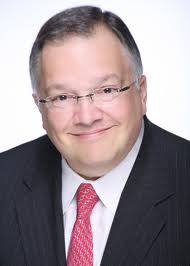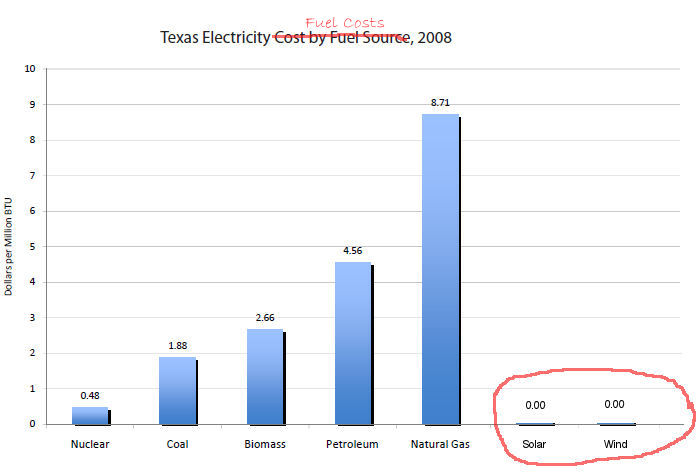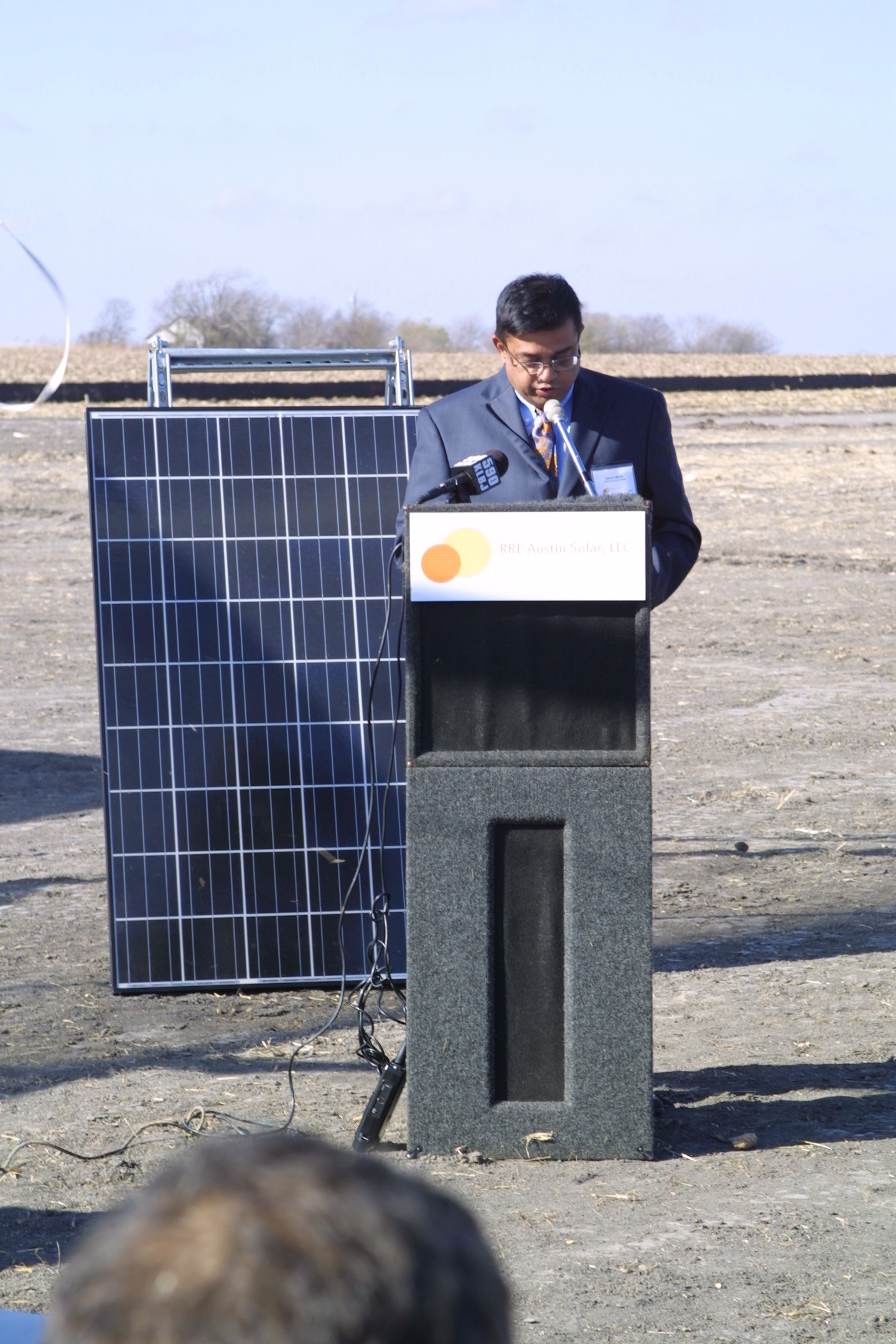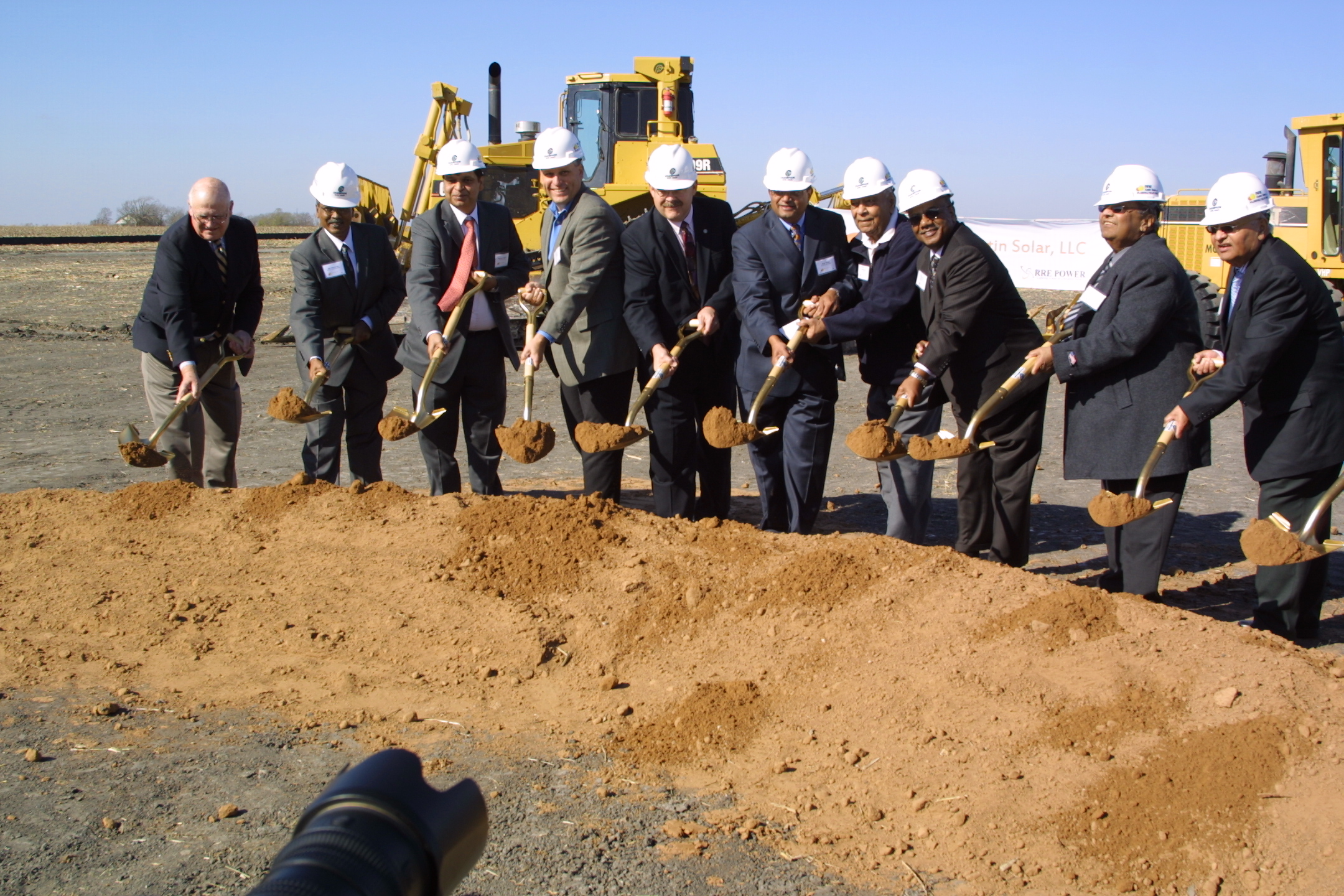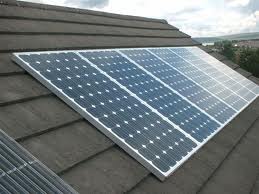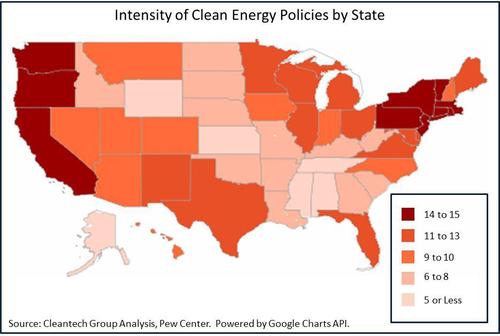If you live in Austin, TX and put solar on your rooftop, you might be able to pay only about a quarter of the initial cost estimate, making this a viable option for many homeowners. But for many Texans, there is still a good reason not to go with solar: the generous local incentives that Austinites have for affordable panels that could provide about two-fifths of a home’s electricity use do not exist in most of the rest of the state.
We had hoped that Texas lawmakers would pass a bill this session to establish a statewide rebate for solar projects, financed by extra charges on electric bills. But it died without getting out of a House committee.
Texas prides itself on being the national leader in wind power, and many renewable-energy companies were looking to this big, sunny state as the next frontier for solar power, which California currently dominates as it did wind before the state provided incentives for wind development. But solar technology remains expensive: while there environmental benefits, it can be more costly than coal or gas power on a nationwide basis before incentives. The recent fall in natural gas prices has made it even harder for solar to compete (although panel prices are falling fairly dramatically).
Despite the lack of incentives for solar on rooftops, some larger utility scale solar projects are emerging. San Antonio began getting power from a 14-megawatt solar farm late last year, and in May a developer started building a 30-megawatt solar facility in Webberville, a small community near Austin (the power will be sold to Austin Energy).
Oncor, a retail electric provider serving the Dallas area, will begin taking applications for a new round of solar incentives on Monday. Last year the program sold out in a month. Additionally, electric utilities in El Paso and San Antonio also offer solar incentives.
Two solar bills did pass this session. One will make it somewhat harder for homeowners’ associations to bar solar panels. Another clears regulatory hurdles to solar leasing and other third-party ownership arrangements, which for tax reasons will be helpful to schools and churches.
So while there is little in the way of incentives statewide, some communities are recognizing the benefit of supporting solar as a means to provide energy or reduce energy needed from the grid during peak periods (that sunny hot part of the day when air conditioning is running full out) and a way to help reduce the need to build new base-load (coal, gas, or nuclear) power plants that have significant upfront capital costs.
